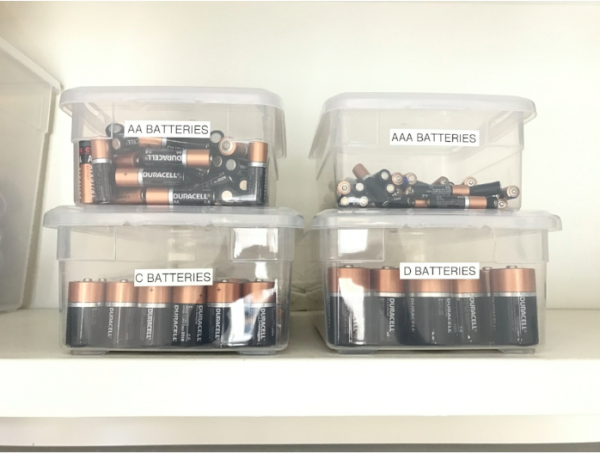Hurricane season is upon us, and this year’s storms have packed a punch, both in frequency and intensity. I can’t think of a better reminder of how important it is for your family to be as prepared as possible when the threat of a natural disaster strikes. No matter the circumstance, Mother Nature won’t wait patiently to make sure you have an emergency preparedness kit ready. So don’t delay, let’s pull together your essentials now!
Your emergency kit may look a little different depending on the situation (i.e., time of the year, geography), but we’ll focus on the must-have items that you’ll need to ensure your family’s health and safety. Remember, you can’t take everything with you. While it may be nice to have your bathrobe and slippers, you need to think practically about what you can fit into your space – whether that be an underground shelter or a duffle bag.

So what are those essentials? Your kit should include:
· Water (a gallon/person)
· Non-perishable foods that don’t require cooking
· A can opener or all-in-one pocket knife/utility tool
· Flashlight
· Battery-powered radio
· Extra batteries
· Matches
· Money (in case ATMs are no longer accessible)
· First aid kit
· Critical medication
· Sanitary products (like moist towelettes and garbage bags)
· Towels or blankets
· Socks and underwear
Some items, like canned goods, do have expiration dates, so you’ll need to refresh your kit from time to time. Set a reminder in your calendar to check your kit every six months to replenish items.
Regardless of the number of people in your household, your kit’s contents should fit in a large clear bin that’s easy to carry and preferably weather-tight to protect against water damage. Bulky, awkwardly shaped, or heavy containers will impede your safety should you need to vacate your home quickly.
An emergency kit doesn’t stop with the essential provisions. Your family will also need to consolidate several important documents into a secure, weather/fireproof file box that you can access easily. Start by sorting through your existing filing system and making copies of the items that are important to have on hand. This includes documents that would be difficult to replace and are vital in case of an emergency and/or loss. In addition to paper copies, a backup digital version on a USB is helpful to have. Some items to include:
· Wallet contents (copy the front and back of all identification and credit cards)
· Birth certificates
· Passports
· Legal documents
· Insurance information (life, house, car, and medical)
· Updated will
· Power of attorney information
· Spare keys (house, car)
· Key contact phone numbers (family, doctors, etc.)
· Account information (logins, account numbers, list of pertinent bills)
Now that your emergency preparedness kit is ready, be sure to store your items in a spot that’s easy to access at a moment’s notice. Talk with your family members about what to do in a crisis situation and where they should go to be safe. As the saying goes, “an ounce of prevention is worth a pound cure,” so plan as if your family’s life depended on it.
This post comes from the TODAY Parenting Team community, where all members are welcome to post and discuss parenting solutions. Learn more and join us! Because we're all in this together.
